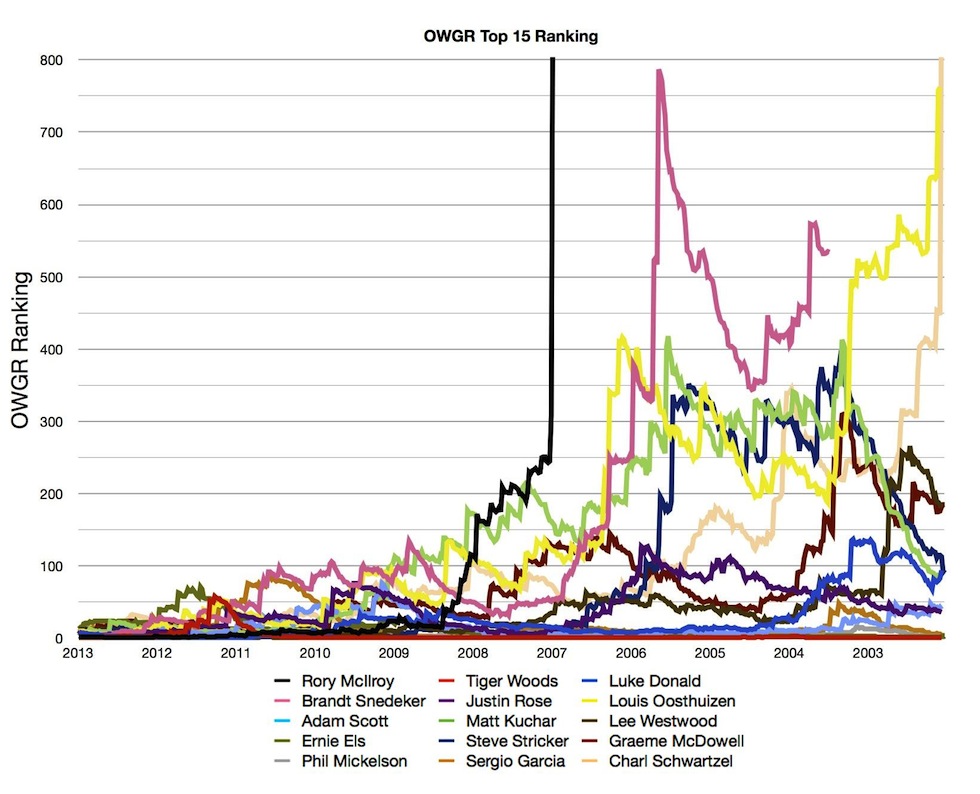Introduction
 In November 2016, we started a new feature where a volunteer steps forward and works with us to analyze a bunch of representative rounds to shed some light about their game. You can find the first article in the series here, with all the appropriate background on the goals of this series.
In November 2016, we started a new feature where a volunteer steps forward and works with us to analyze a bunch of representative rounds to shed some light about their game. You can find the first article in the series here, with all the appropriate background on the goals of this series.
In this second article, we will take a close look into @SlowCelica’s game (from now on, referred to as SC). We will intentionally throw a lot of numbers at you, so if that is not your style, then there is no need to read on. There are lots of charts below, so if you want to just skim, you’ll likely get the gist. Later, we will create a thread in the discussion forum, where we can have a dialogue with SC about the analysis.
The point is to see what useful knowledge we can get from of the numbers, not to simply geek out with stats. We will also get a baseline of where SC stands now, and as we get deep into the season, we intend to check back in with SC to see how his game progressed.
Continue reading “Deep Dive Analysis of SlowCelica’s Golf Game”

 “He’s on a hot streak.”
“He’s on a hot streak.”
